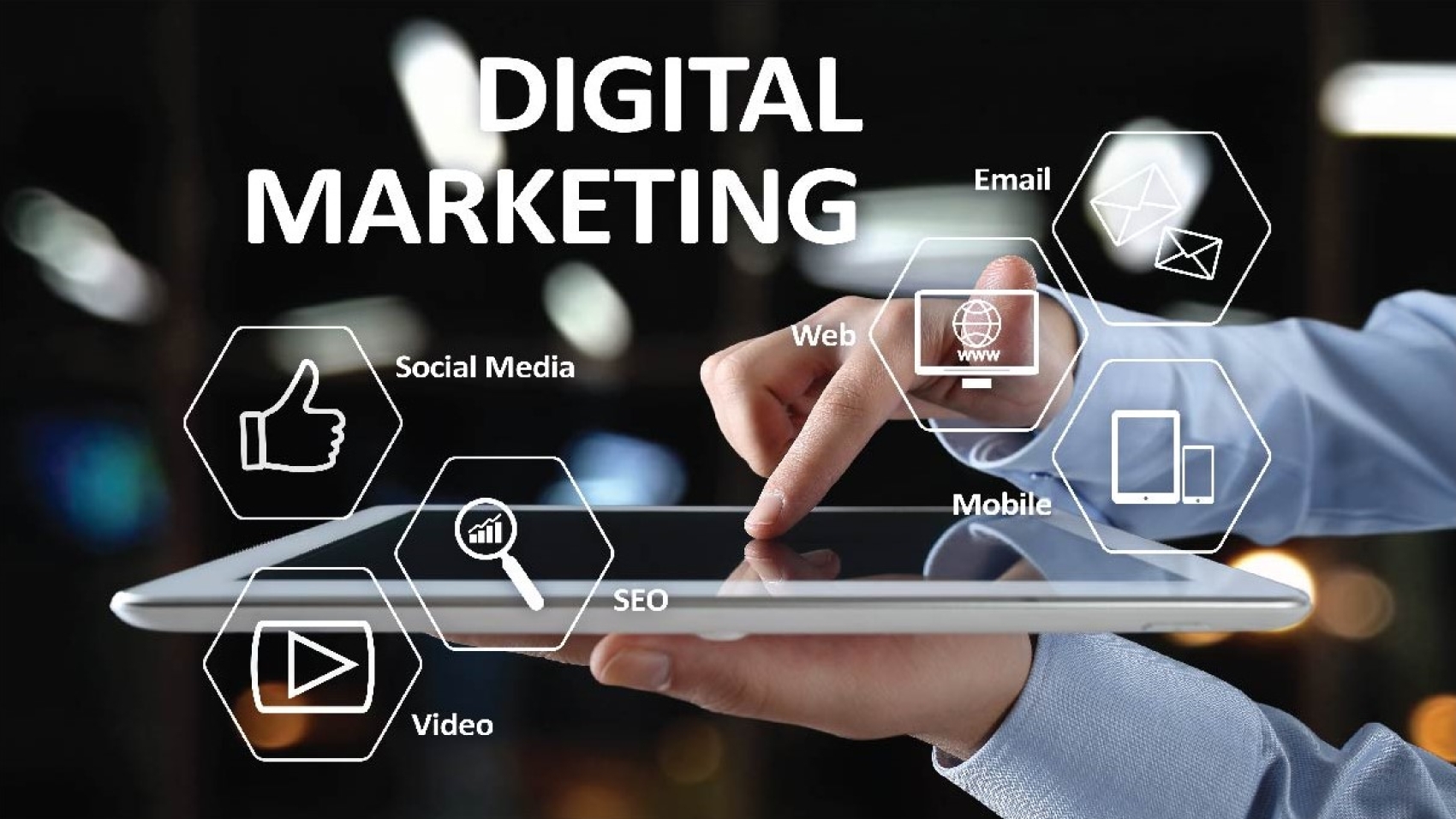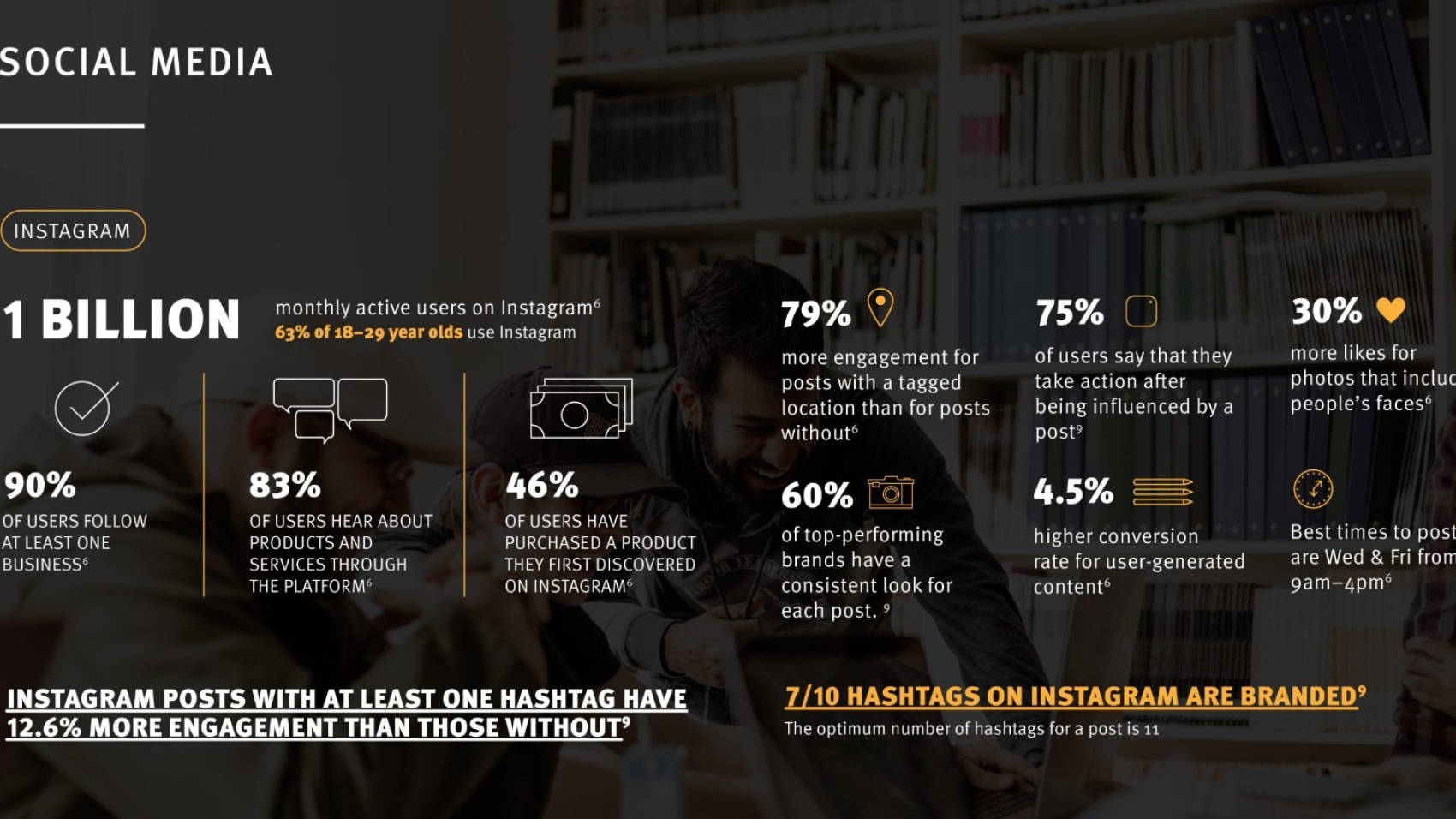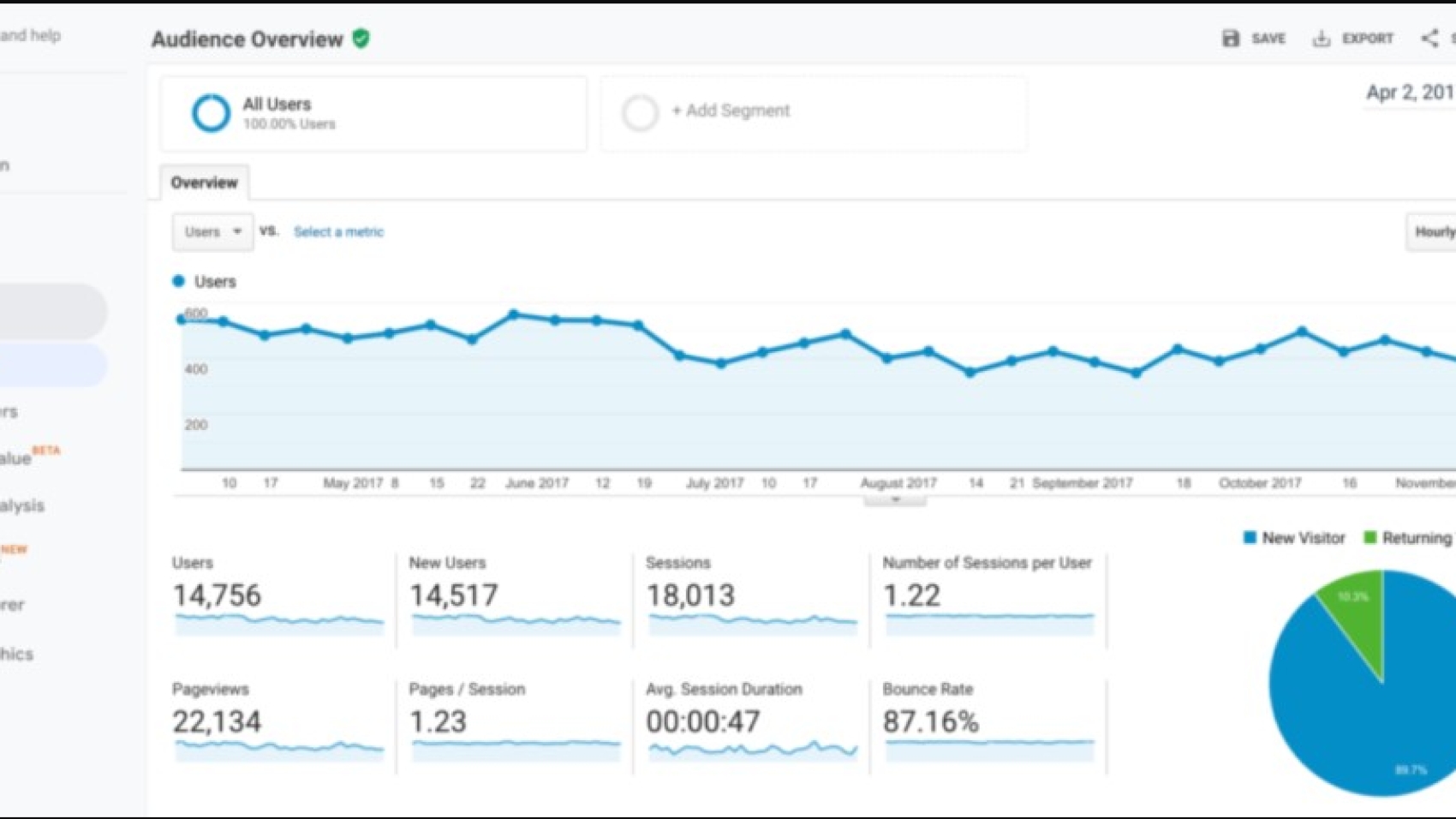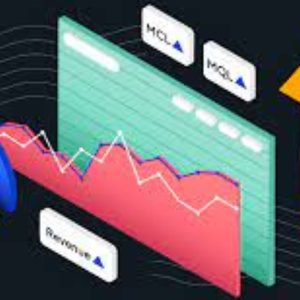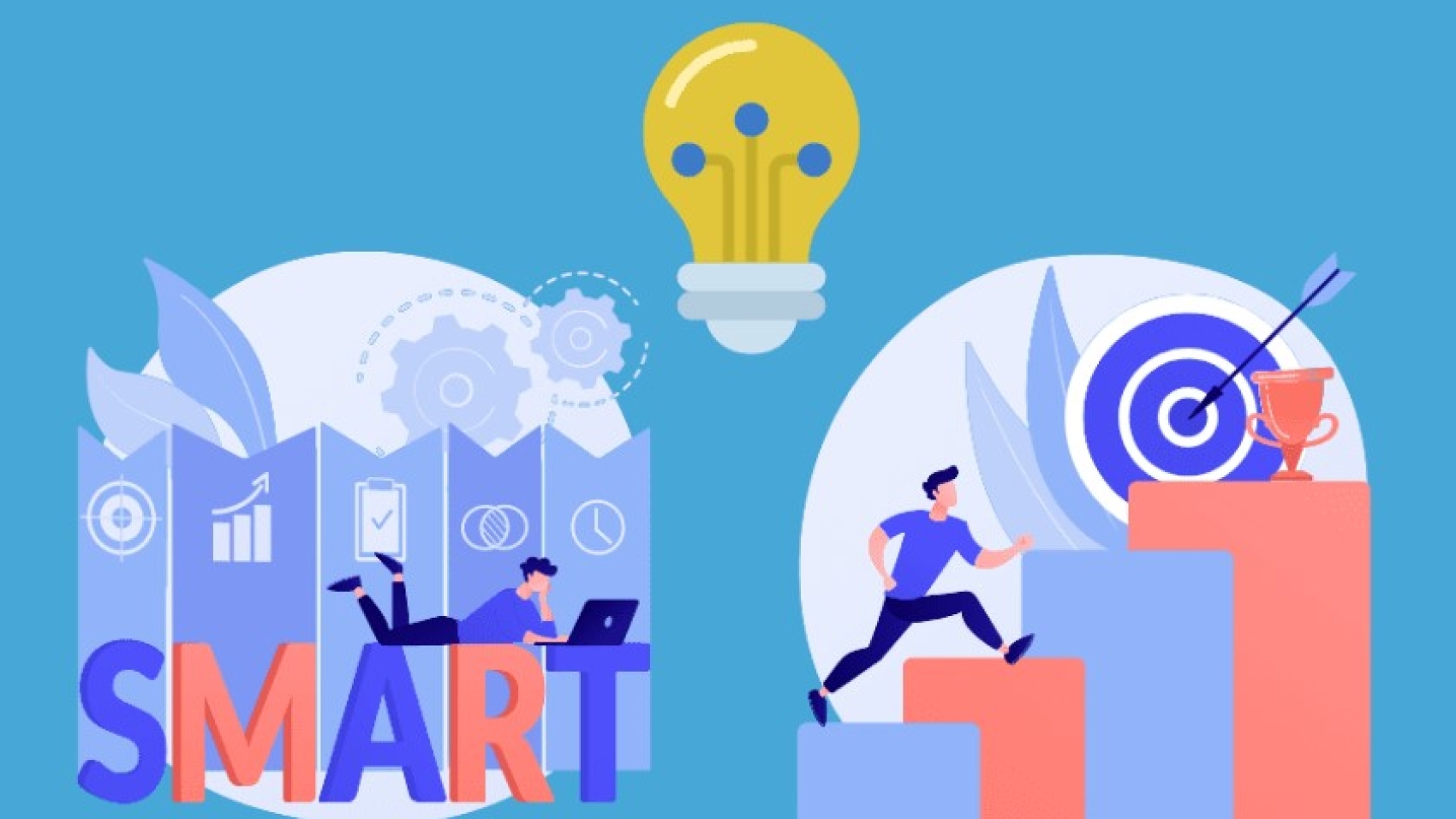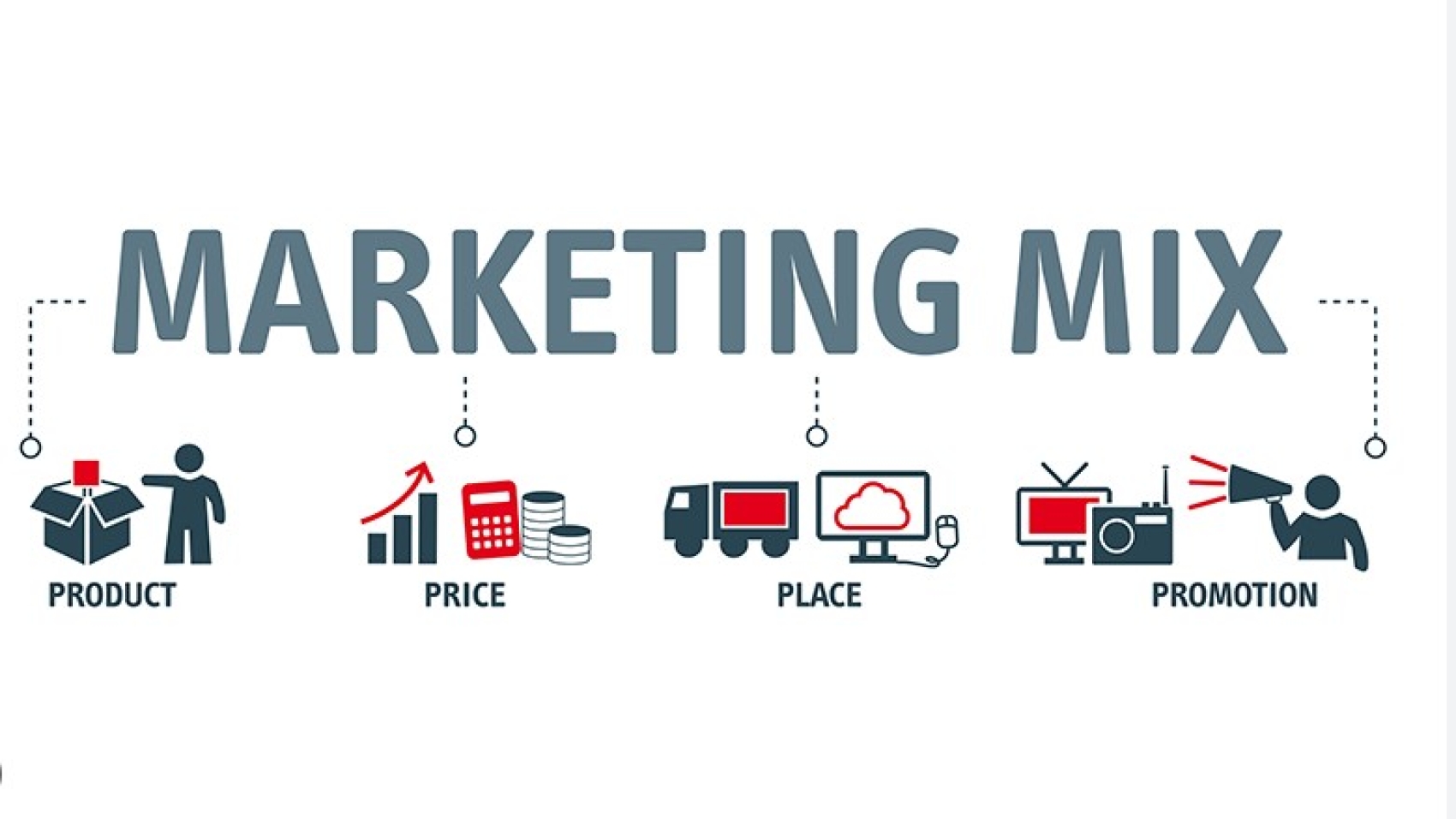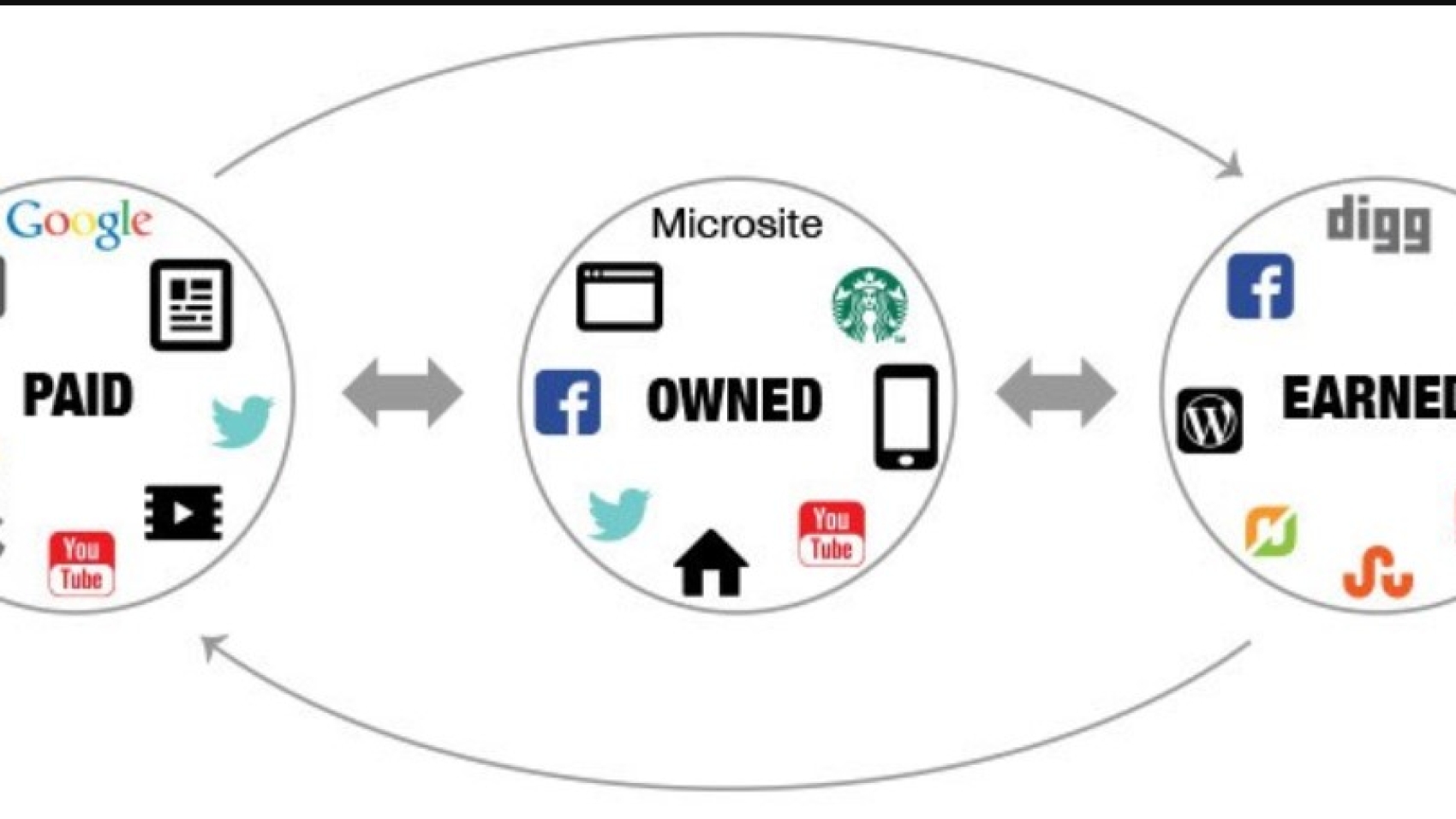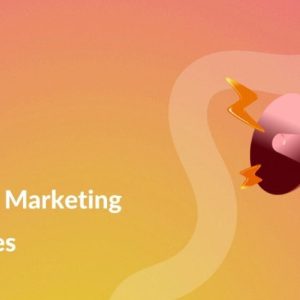Understand the importance of social media for companies!
Facebook, Instagram, YouTube, Twitter, LinkedIn… each social network has particularities, functionalities and specific applications, but they all have a common objective: to promote user interaction in the virtual world. Is that all it is?
How important is social media in companies’ digital strategy?
A key point in the digital marketing strategy is that social media has not only caused a transformation in the way people work on their interpersonal relationships, but they have also opened the doors to welcome brands, companies and entrepreneurs (rising or already consolidated in the market), providing a platform that allows for a closer and more humanized relationship with customers.
Here, we leave aside what we know about these social networks conventionally and move towards a more strategic vision of attracting customers, also used to increase the visibility of your business and the products and services you offer. To achieve this, there’s nothing like tapping into your audience’s feed, making them aware of (or remembering) the existence of your business while reacting to a post here and liking a photo there.
Social media vs. offline marketing
Social media, which emerged with the advent of the Internet, served as a way of democratizing mass dissemination, previously monopolized only in media such as TV, radio and all traditional offline marketing (ads in newspapers, magazines, billboards, cold calls and other resources). Investing in conventional resources can be costly or not allow for the assertive targeting we find on platforms such as Facebook, Instagram, and Linkedin Ads.
Learn how to take advantage of the organic reach of social media, but also invest in paid ads!
Although Facebook and Instagram have reduced organic reach (that in which there is no investment to boost publications), there are some ways to continue producing content and naturally engaging the public. Of course, this will not just be with advertisements for your product or service, as both users and the platform have a particular aversion to this type of advertising.
Valuable content on social media generates engagement from your audience!
It is essential to generate valuable content for your audience, not just focusing on your product or service, so as not to be that inconvenient person who only likes to talk about themselves.
Before producing and publishing content (and this applies to both social media and your website itself), it is essential to ask yourself: “How will this content contribute to my audience?” or “Does this content contain relevant information that deserves a special publication?”.
For you to better understand this type of strategy that consists of creating rich content, we can mention Egali’s Instagram, a Brazilian exchange agency with destinations in the most varied countries around the world.
Thinking from the perspective of an exchange agency (which could be this one or any other), it is necessary to remember that this service requires significant investment and medium and long-term planning. Therefore, it is essential to nurture, educate and prepare your audience through Inbound Marketing strategies so that they are prepared to close the deal.
With this, publications are created on social networks and blog posts on the website focused on the importance and advantages of exchanging curiosities about the culture and behaviour of the native population of the countries and various other topics without necessarily having an explicit disclosure regarding the services offered.
Although this example was used, this strategy can be used by brands and companies from the most varied segments operating in the market.

What about paid social media ads?
In addition to developing organic posts, we must recognize the importance and results provided by investing in paid social media advertising.
Sponsored campaigns are not at the mercy of the organic algorithm – after all, you are investing so that it appears in your audience’s feed – and it is also possible to carry out a series of segmentations, such as gender, age group, demographic data, interests, behaviour, relationship, occupation, among other characteristics of your consumer, making it much easier to find them.
Paid advertising on social networks such as Facebook, YouTube and Instagram provides data that helps measure results and presents a better cost-benefit than offline media.
How important is it to hand over social media management to experts?
Of course, for your work to be as assertive as possible, you need to have a good knowledge of social media algorithms and know your target audience in depth. To do this, you can count on the work of agencies and companies specialized in social media management and the creation of sponsored link campaigns, which go beyond Google Ads, also covering Facebook Ads, Instagram Ads and other platforms.
Whether for those who already have an established face-to-face business and want to expand their work into the virtual world or those who are just starting to undertake their business via the Internet, social media will be some of your main allies.
Social networks are used for marketing products and services and after-sales to establish a lasting relationship with consumers, assisting them with questions, complaints, exchanges, returns, and cancellations. And other questions that may arise from time to time.
Social media is integral to your digital strategy, but other methods should be considered!
Another essential factor is that digital marketing strategies cannot and should be worked on in collaboration. It is necessary to adopt a set of techniques and platforms to ensure the effectiveness of the adopted digital marketing strategy.
In practice, this implies working on social media and adopting SEO techniques, understanding how e-commerce and online stores work, Inbound Marketing concepts and other topics that you can find on our blog!



